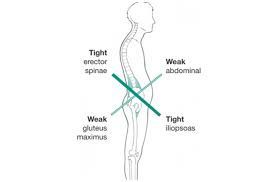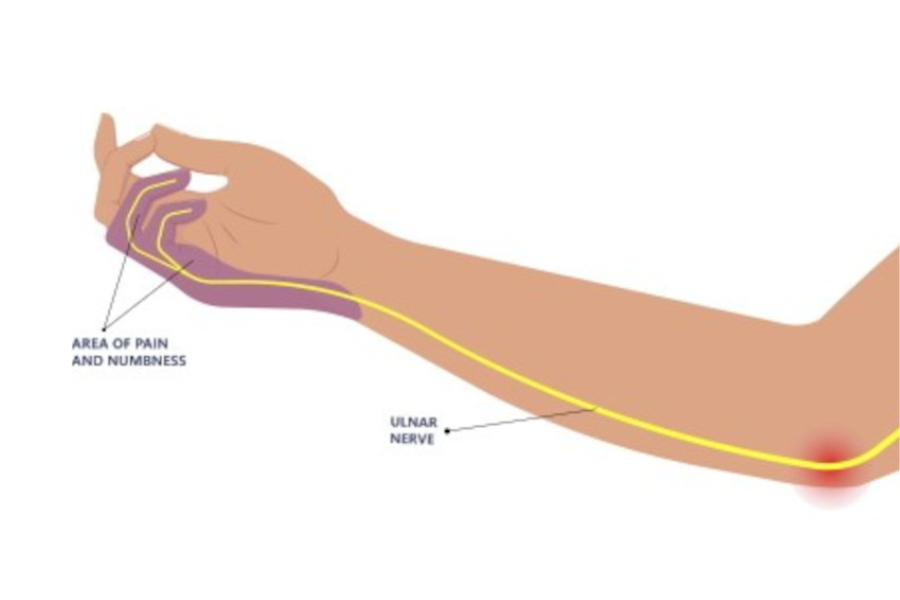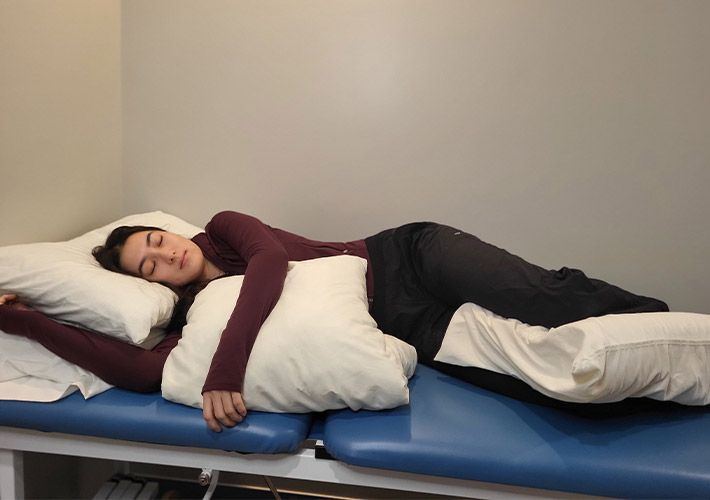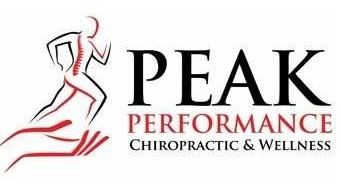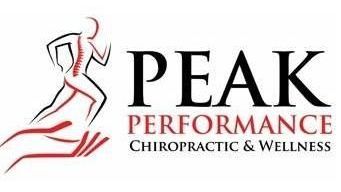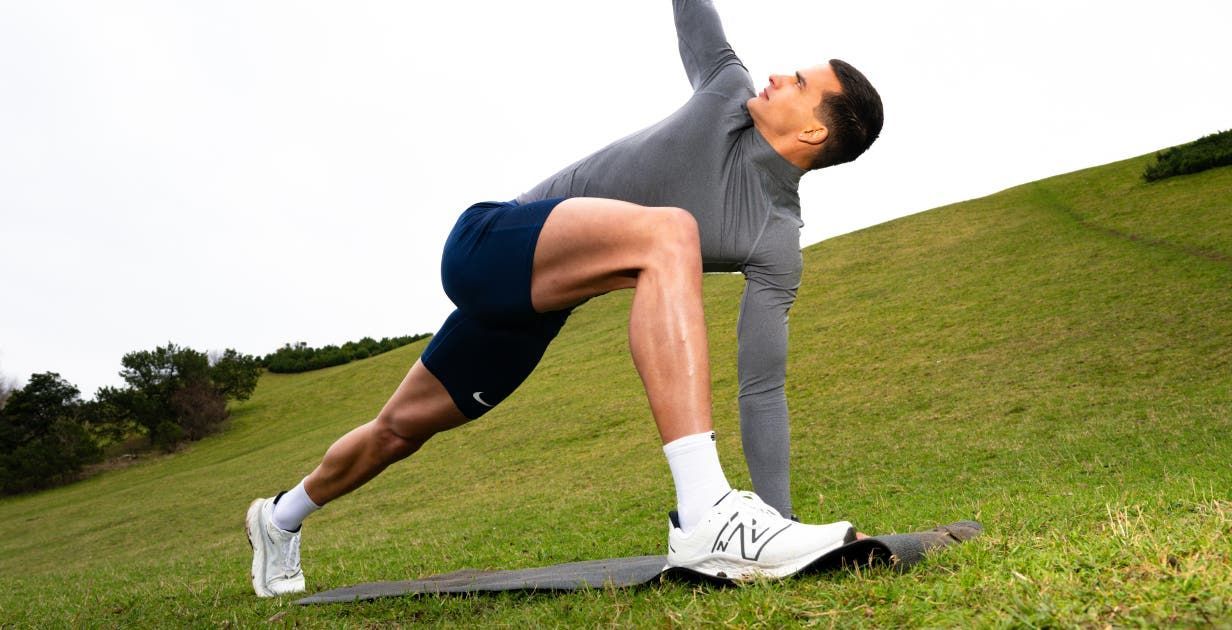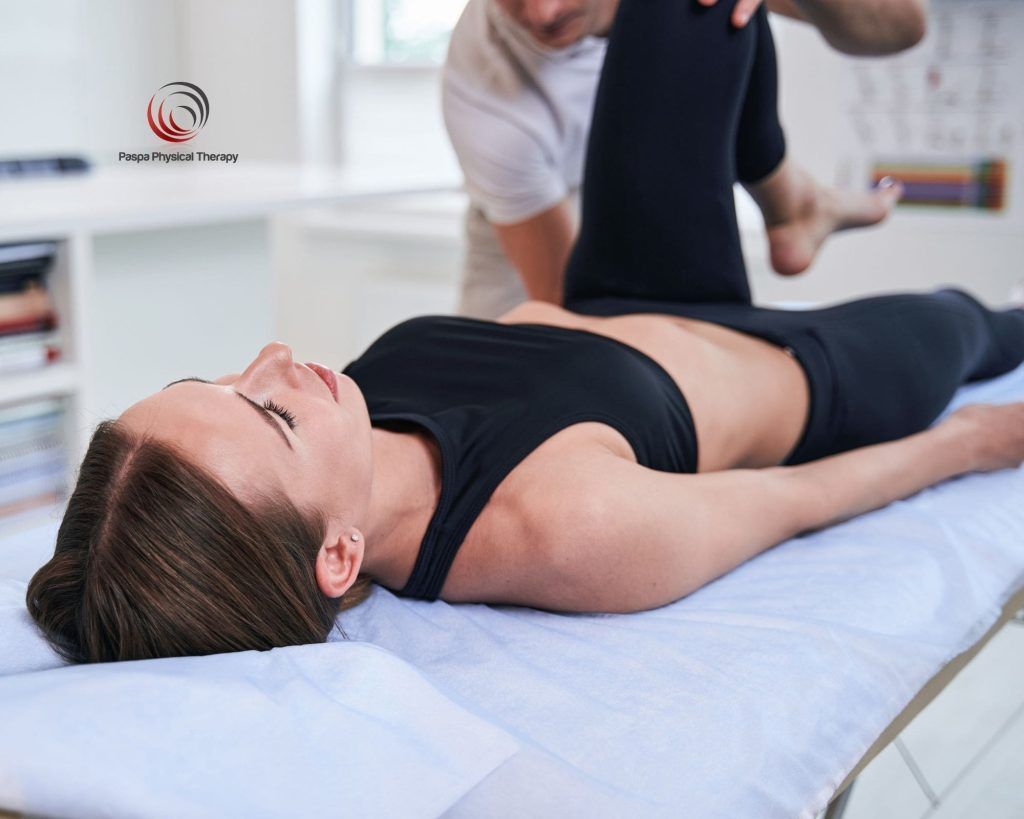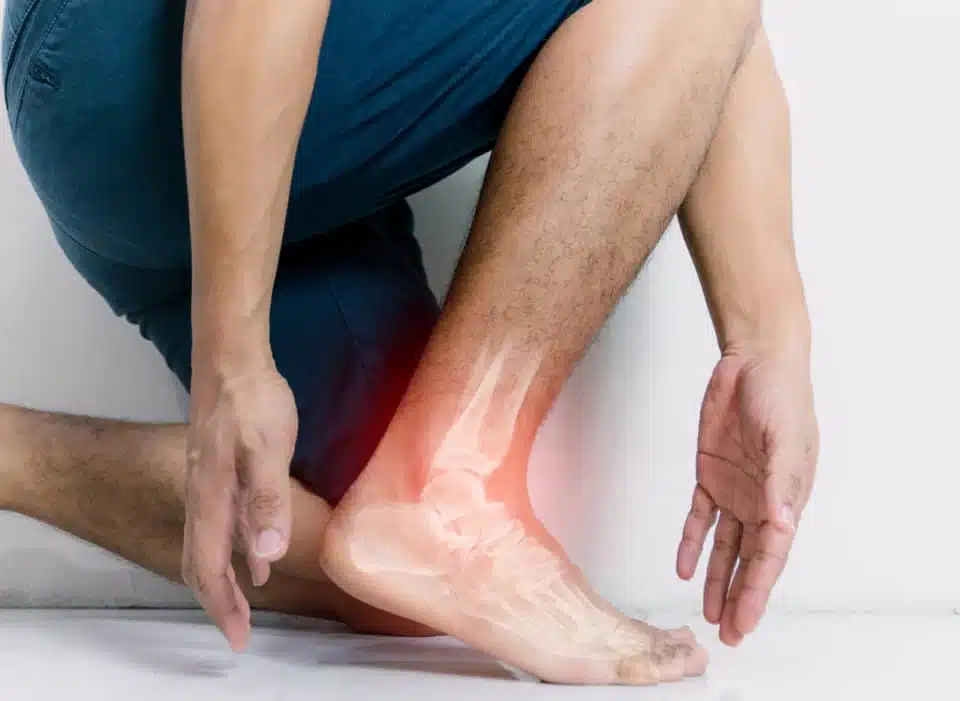IT Band Syndrome: Why Your Outer Knee Hates You (And What to Do About It)
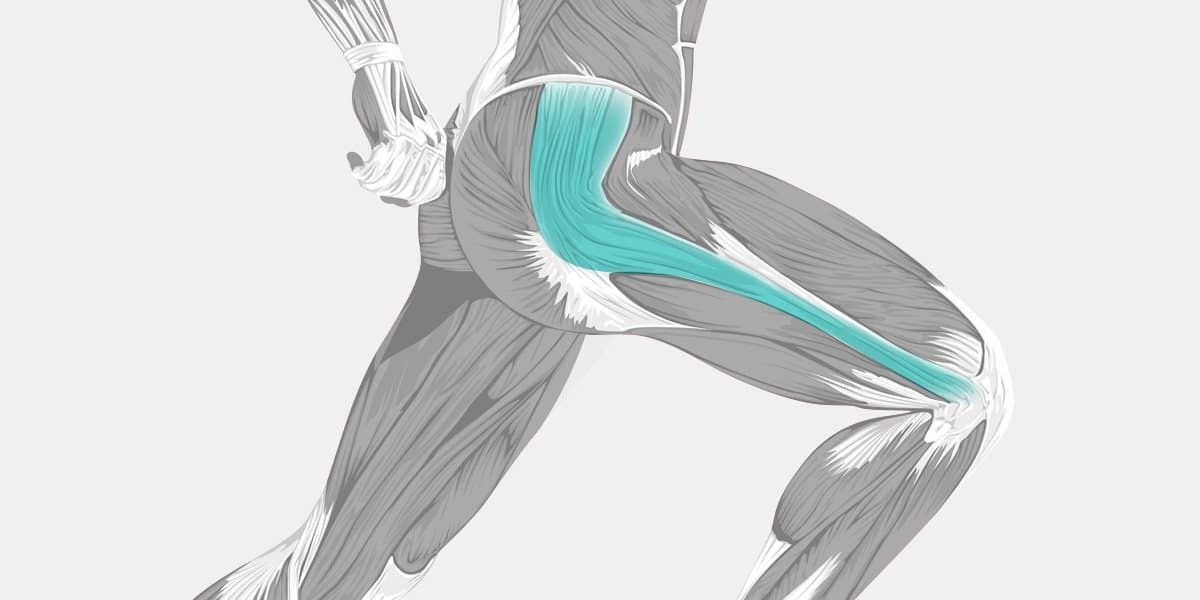
If you’ve ever trained for a marathon, ramped up your squat routine, or taken your weekend hikes a little too seriously, chances are you’ve had a run-in with IT Band Syndrome. That nagging pain on the outside of your knee that shows up halfway through your run and sticks around longer than you'd like? That’s your iliotibial (IT) band screaming for help.
At our chiropractic and massage office here in Buffalo, NY, we see this common overuse injury all the time—especially among runners, cyclists, lifters, and anyone who moves with purpose. The good news? IT Band Syndrome is treatable, manageable, and preventable. You just need the right game plan—and maybe a chiropractor and massage therapist in your corner.
What Exactly Is IT Band Syndrome?
Your iliotibial band is a thick band of fascia that runs from your hip down the outside of your thigh and attaches just below your knee. It works with surrounding muscles to stabilize your hip and knee as you move. But when that band gets tight, inflamed, or irritated, it starts rubbing against the bony structures near your knee—cue the pain.
IT Band Syndrome, also known as ITBS, typically presents as sharp or burning pain on the outside of the knee, especially during repetitive motion activities like running or cycling. It can also feel like the knee is locking or snapping. While it feels like a knee problem, the root of the issue often lies higher up in the kinetic chain—like the hip or low back.
Common Culprits Behind IT Band Syndrome
So, why does your IT band get angry in the first place? Here are a few reasons:
- Overuse: Ramping up mileage too quickly or not giving your body enough rest.
- Poor biomechanics: Weak glutes, tight hips, or poor ankle mobility can all lead to faulty movement patterns.
- Muscle imbalances: Weakness in the hips and core can cause the IT band to overcompensate.
- Improper footwear: Shoes that don’t provide enough support or are worn out can affect gait and alignment.
- Running surface: Consistently running on slanted or uneven terrain can cause asymmetrical strain.
Chiropractic Care for IT Band Syndrome
Let’s be clear: IT Band Syndrome is more than a tight fascia problem—it’s a movement dysfunction. That’s where chiropractic care shines. Chiropractors look beyond the site of pain to figure out why it’s happening.
Here’s how chiropractic can help:
1. Biomechanical Assessments
We’ll analyze your gait, posture, and movement patterns to identify the root cause. Are your hips weak? Is your pelvis misaligned? Are your ankles stiff? A good assessment helps guide treatment.
2. Joint Adjustments
Misalignments in the spine, pelvis, or lower extremities can cause altered mechanics that stress the IT band. Gentle, specific adjustments help restore normal joint motion and take pressure off the surrounding tissues.
3. Soft Tissue Work
Chiropractors trained in techniques like Active Release Technique (ART) or instrument-assisted soft tissue mobilization (IASTM) can work directly on the IT band, glutes, and hip flexors to reduce tension and improve mobility.
4. Rehab Exercises
We’ll guide you through targeted exercises to strengthen your glutes, hips, and core—because long-term relief comes from correcting the imbalances that caused the problem in the first place.
Massage Therapy: Your IT Band’s Best Friend
Think massage is just for relaxation? Think again. Therapeutic massage is a powerful tool for managing and preventing IT Band Syndrome.
Trigger Point Release
Your IT band may be tight, but it’s the muscles around it—like the gluteus medius, TFL (tensor fasciae latae), and quads—that are usually to blame. Massage therapy helps release trigger points in these muscles, allowing the IT band to chill out.
Myofascial Release
Fascia—the connective tissue that wraps around your muscles—can become restricted from overuse or injury. Myofascial techniques help restore glide and elasticity, reducing tension along the IT band.
Increased Circulation
Improved blood flow means faster healing. Massage promotes circulation, reduces inflammation, and helps flush out metabolic waste in overworked tissues.
DIY Tips to Help Manage IT Band Pain
While chiropractic and massage care are cornerstones of recovery, there are things you can do at home to speed up healing and prevent flare-ups:
- Foam Rolling: Roll the quads, glutes, and TFL—not just the IT band itself. (Pro tip: foam rolling directly on the IT band often just makes it angrier.)
- Stretch Your Hips: Pigeon pose, figure-four stretch, and hip flexor stretches can help release tightness in key areas.
- Strength Training: Focus on glute bridges, clamshells, monster walks, and core stabilization exercises.
- Cross-Train: Swap a few runs for swimming, cycling (if pain-free), or strength training to give your knees a break.
- Rest and Ice: If you’re in an acute flare, don’t push through the pain. Ice the area and take a few days off.
When to Call in the Pros
If your outer knee pain persists for more than a couple of weeks, worsens with activity, or starts interfering with daily life, it’s time to get professional help. The sooner you address the underlying cause, the quicker you’ll be back on your feet—literally.
At our chiropractic and massage clinic in Buffalo, NY, we specialize in helping active people move better, feel better, and get back to doing what they love. Whether you’re training for your first 5K or just trying to enjoy pain-free walks with the dog, we’re here to help you get your stride back.
Don’t Let IT Band Syndrome Run Your Life
IT Band Syndrome may be common, but it’s not something you just have to live with. With the right combination of hands-on care, movement corrections, and recovery strategies, you can beat the burn and bounce back stronger.
Ready to ditch the knee pain and feel like yourself again? Schedule an appointment with our team today. Our chiropractors and massage therapists work together to give you a comprehensive, evidence-informed treatment plan tailored to your needs.
You move. We’ve got your back (and your knees, and your hips).
Let’s fix that IT band and keep you running, cycling, squatting, and living pain-free. Reach out to book your visit today!
Bethany Wolcott
(she/her)
Exercise and Sports Studies/Chiropractic
D’Youville University

